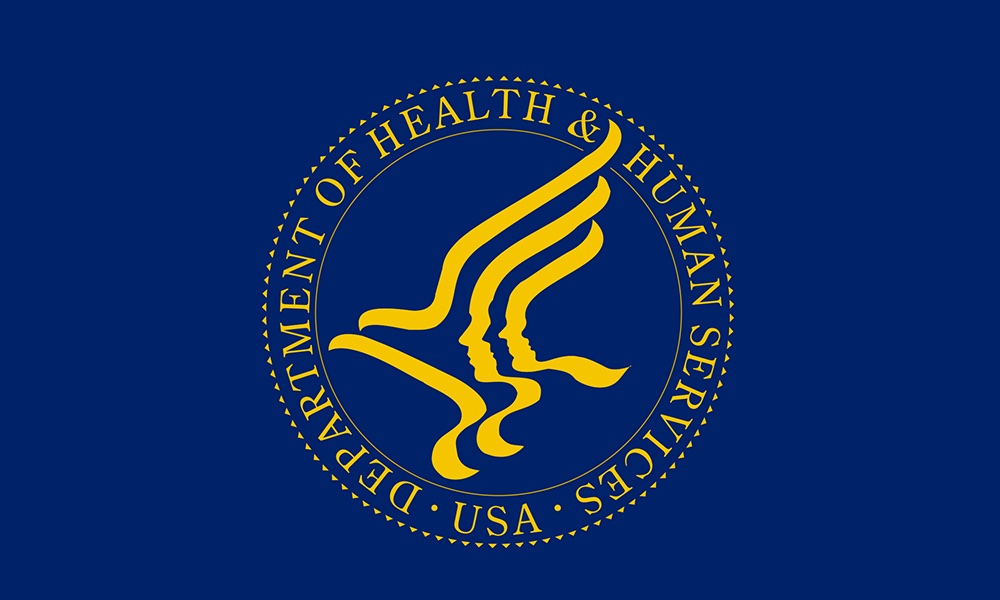As we grow older, we lose muscle. Frailty, falls and loss of mobility can be the result — not a way we want to spend our last years. There are ways to prevent this age-related muscle loss: getting enough protein and exercising are both important, and a new study finds that spreading out the protein you eat throughout the day more equally could be helpful, too.
Most of us, including seniors, tend to eat most of our protein later in the day — at lunch and dinner — leaving breakfast as our lowest protein meal. Given protein's benefits for preserving muscle mass, Canadian researchers wanted to see if eating more protein at breakfast could increase muscle mass, muscle strength or mobility in older people. They looked at how much protein 1,800 healthy men and women age 67 and over ate and at which meals, using information from the NuAge (Nutrition as a Determinant of Successful Aging) study.
Men and women in the study whose protein consumption was spread more evenly throughout the day had more muscle mass and strength than those who ate most of their protein in the evening and little, if any, at breakfast.Not eating enough protein can interfere with the body's ability to produce proteins and lead to a loss of muscle mass.
Protein-rich foods include animal foods like meat, fish, poultry, eggs, milk, cheese and yogurt. Plant foods such as beans, quinoa, lentils, nuts and nut butters. Soy foods are also good sources of protein.
Older people would be wise to try to keep their protein intake about the same at each meal instead of concentrating it into lunch and dinner, the study found. This would lead to an increase in the availability of amino acids needed to properly make and maintain muscle tissue, reducing the risk of frailty.
The study is published in the American Journal of Clinical Nutrition.





